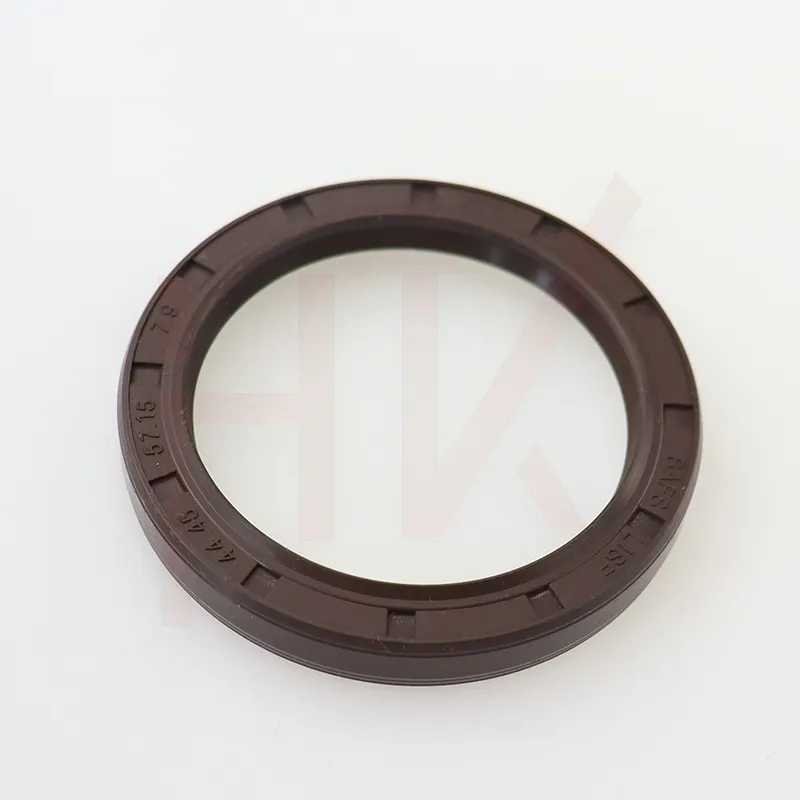Dec . 11, 2024 21:35 Back to list
wiper ring
Understanding Wiper Rings Function, Importance, and Maintenance
Wiper rings are an essential component in various mechanical systems, particularly in engines and hydraulic systems. Their primary function is to prevent contaminants and excess fluids from entering into critical areas, such as cylinders, while also maintaining a proper seal to facilitate smooth operation. This article aims to shed light on the significance, types, and maintenance of wiper rings.
What is a Wiper Ring?
Wiper rings, also known as scraper rings, are specifically designed sealing elements that protect parts of machinery by wiping away dust, dirt, and extraneous fluids. They are typically made of materials that can withstand harsh conditions, such as rubber, polyurethane, or metal, depending on their application. The design of a wiper ring is crucial; it usually incorporates a lip that comes into contact with the surface it is meant to protect, effectively scraping away unwanted substances.
Importance of Wiper Rings
The importance of wiper rings cannot be overstated. In hydraulic systems, for example, wiper rings prevent contaminants from entering the hydraulic cylinder. Contaminants can lead to a decrease in performance, increase wear and tear on moving parts, and ultimately cause system failure. Therefore, a functioning wiper ring is vital for extending the lifespan of hydraulic systems and ensuring operational efficiency.
In automotive applications, wiper rings are commonly found in engines and fuel systems. They help to maintain the integrity of the lubrication system by keeping oil contained while ensuring that debris does not mislead into the system. This is particularly crucial as any decrease in lubricant quality can lead to severe mechanical failures.
Types of Wiper Rings
Wiper rings come in various types and designs tailored to different applications
1. U-Cup Wiper Rings Shaped like a U, these provide excellent sealing capabilities and are used in hydraulic applications. The design helps in scraping off contaminants effectively.
2. T-Seal Wiper Rings Featuring a T shape, these rings are particularly useful in areas where a stronger sealing force is required. They are often used in high-pressure hydraulic systems.
wiper ring

3. Flat Wiper Rings These provide a planar wiping surface and are typically used in applications that require minimal space and a low-profile design.
4. Metallic Wiper Rings For extreme conditions, metallic options are available that can endure high temperatures and abrasive conditions. These are less common but essential for specific industrial applications.
Maintenance of Wiper Rings
To ensure the longevity and effectiveness of wiper rings, regular maintenance is essential. Here are some recommended practices
1. Regular Inspection Frequently check for signs of wear, cracking, or deformation. Early detection can prevent costly damage to the system.
2. Clean Surrounding Areas Maintaining cleanliness around the wiper ring ensures that debris does not accumulate, which can lead to faster wear and tear.
3. Use Proper Lubricants When lubricating systems, ensure that the oils or greases used are compatible with the materials of the wiper ring.
4. Replace When Necessary Following manufacturer recommendations, replace wiper rings that show significant wear or failure signs to avoid potential system failures.
Conclusion
In summary, wiper rings play a pivotal role in various mechanical systems by ensuring efficient sealing and preventing contaminants from causing damage. They come in various designs and materials to cater to different requirements, and their maintenance is critical to system performance. Understanding the function and importance of wiper rings can help industries achieve better efficiency, lower operational costs, and extend equipment lifespan. Regular inspections and maintenance practices will go a long way in ensuring that these small yet significant components perform effectively in their designated applications.
-
Wiper Oil Seal: Our Commitment to Clean Hydraulics
NewsAug.13,2025
-
Hydraulic Oil Seal for Self Discharging Cars
NewsAug.13,2025
-
Hub Oil Seal for Agricultural Tractor Hubs
NewsAug.13,2025
-
Skeleton Oil Seal with NBR Material
NewsAug.13,2025
-
Rotary Lip Seal for High Pressure Applications
NewsAug.13,2025
-
Cylinder Seal Kits Our Legacy of Hydraulic Trust
NewsAug.13,2025
-
Unlocking the Potential of Hydraulic Systems with Essential Sealing Solutions
NewsAug.06,2025
Products categories
















